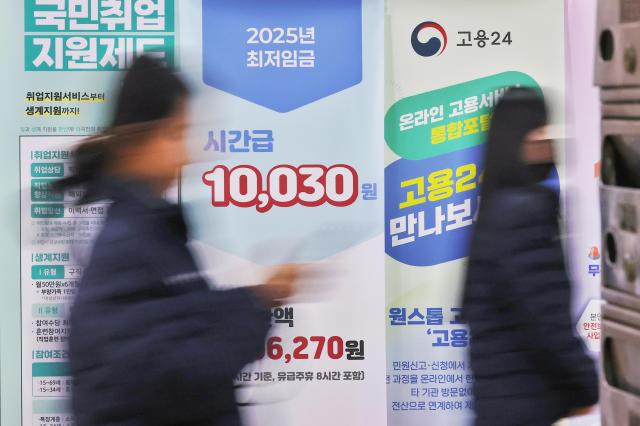
SEOUL, January 16 (AJP) - South Korea's wage gap between men and women showed gradual improvement in 2023, though disparities remain significant, according to the 2024 Women's Economic Activity White Paper released on Thursday.
The paper, released by the Ministry of Gender Equality and Family and the Ministry of Employment and Labor, showed women earned an average hourly wage of 18,502 won ($14) in 2023 - 71 percent of the 26,042 won ($20) earned by men. While progress is evident, the figures underscore a persistent inequality.
Over the past decade, the gap has steadily narrowed, with women earning 64.5 percent of men’s pay in 2013, 67.8 percent in 2018, and 70 percent in 2022. Monthly earnings have followed a similar trajectory: women’s wages increased from 1.87 million won in 2013 to 2.78 million won in 2023, compared to a rise from 3.09 million won to 4.26 million won for men.
Employment figures also reflect improvement, with the gender employment rate gap decreasing from 22.2 percentage points in 2013 to 17.2 percentage points in 2023. Women’s employment rate reached 54.1 percent, while men’s remained steady at 71.3 percent.
The number of women experiencing career interruptions - a long-standing challenge in South Korea - dropped by 3.4 percent to 1.35 million in 2023. Childcare remains the leading cause, affecting 42 percent (567,000) of those women, followed by marriage (26.2 percent, 353,000), pregnancy and childbirth (23 percent, 310,000), children’s education (4.4 percent, 60,000), and family care (4.3 percent, 58,000).
Certain industries stood out for female employment. Healthcare and social welfare services accounted for the largest share of women workers at 18.8 percent, followed by wholesale and retail trade at 12.7 percent and accommodation and food services at 11.1 percent.
Despite these strides, the report highlights the enduring structural inequalities that challenge women in the workplace.
Analysts and advocates emphasize that further efforts are needed to close the wage gap, increase workforce participation, and support career continuity for women.
Copyright ⓒ Aju Press All rights reserved.


View more comments